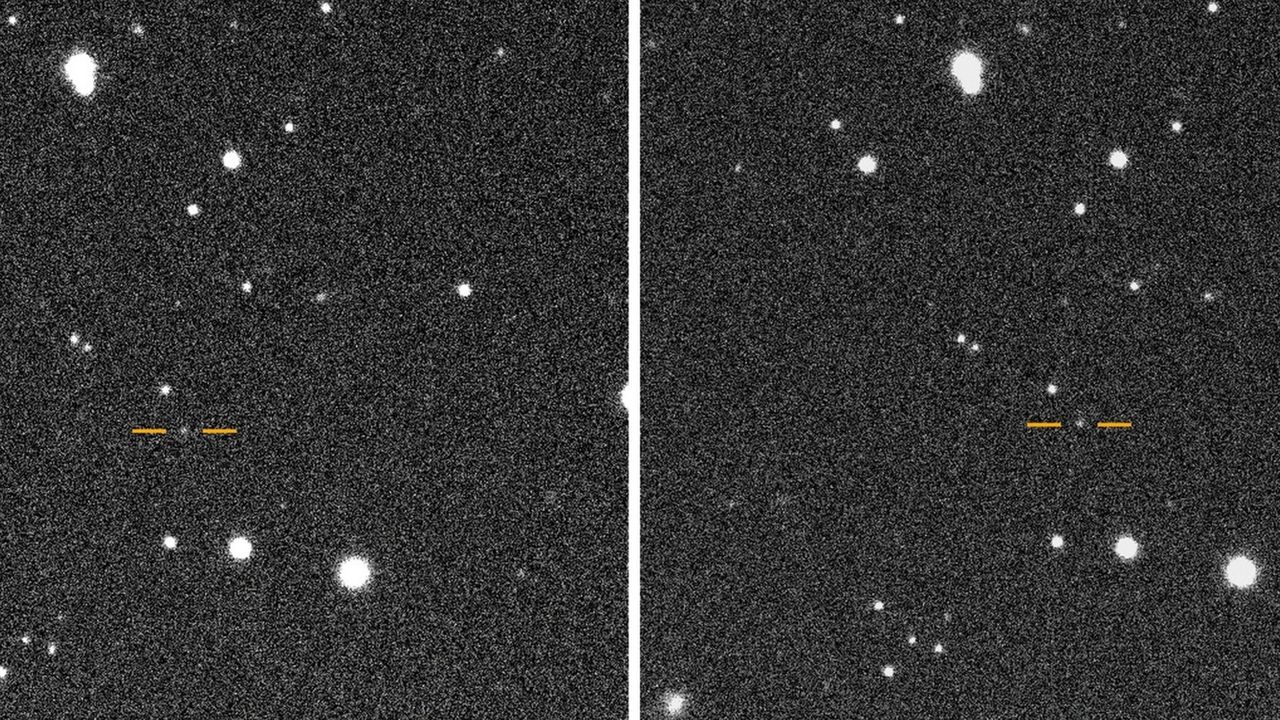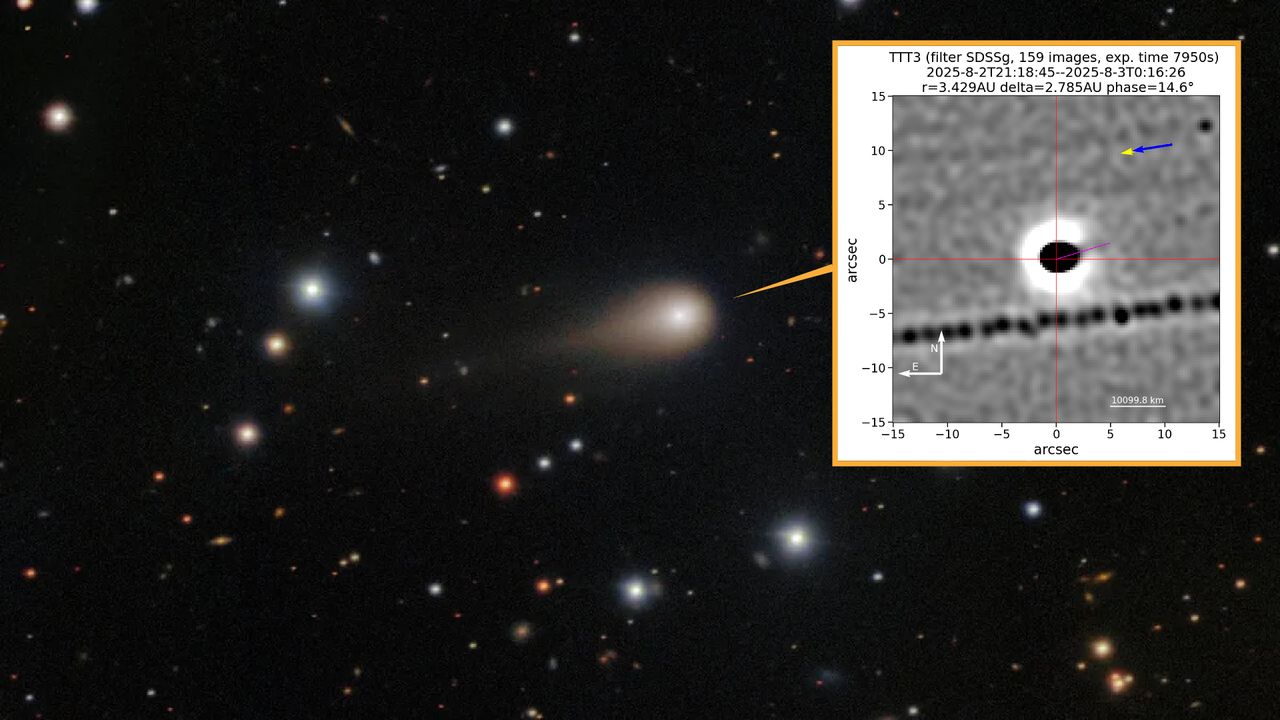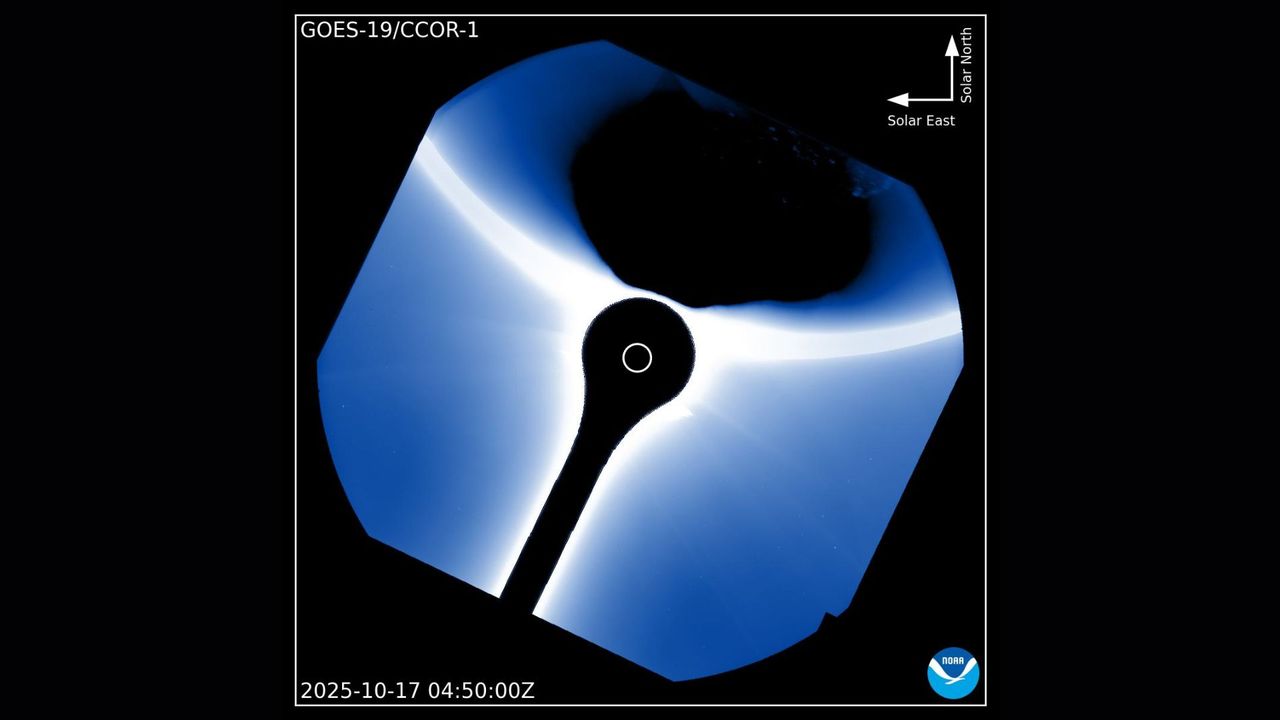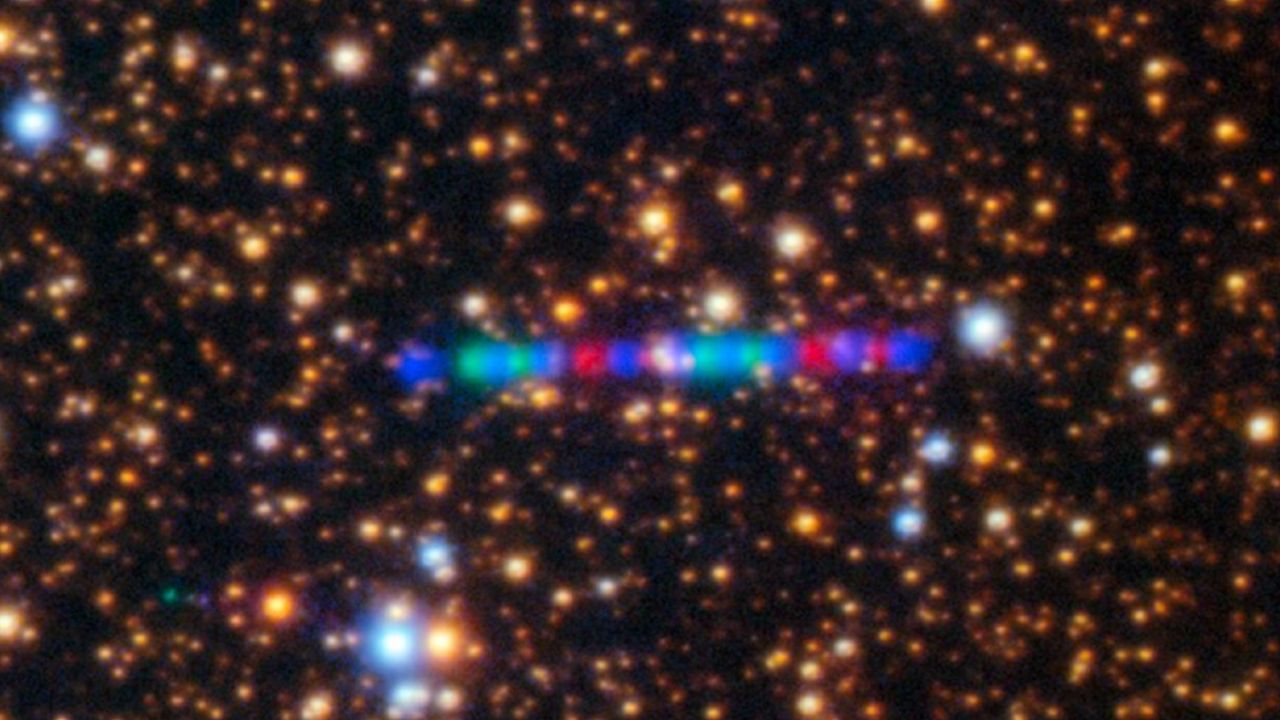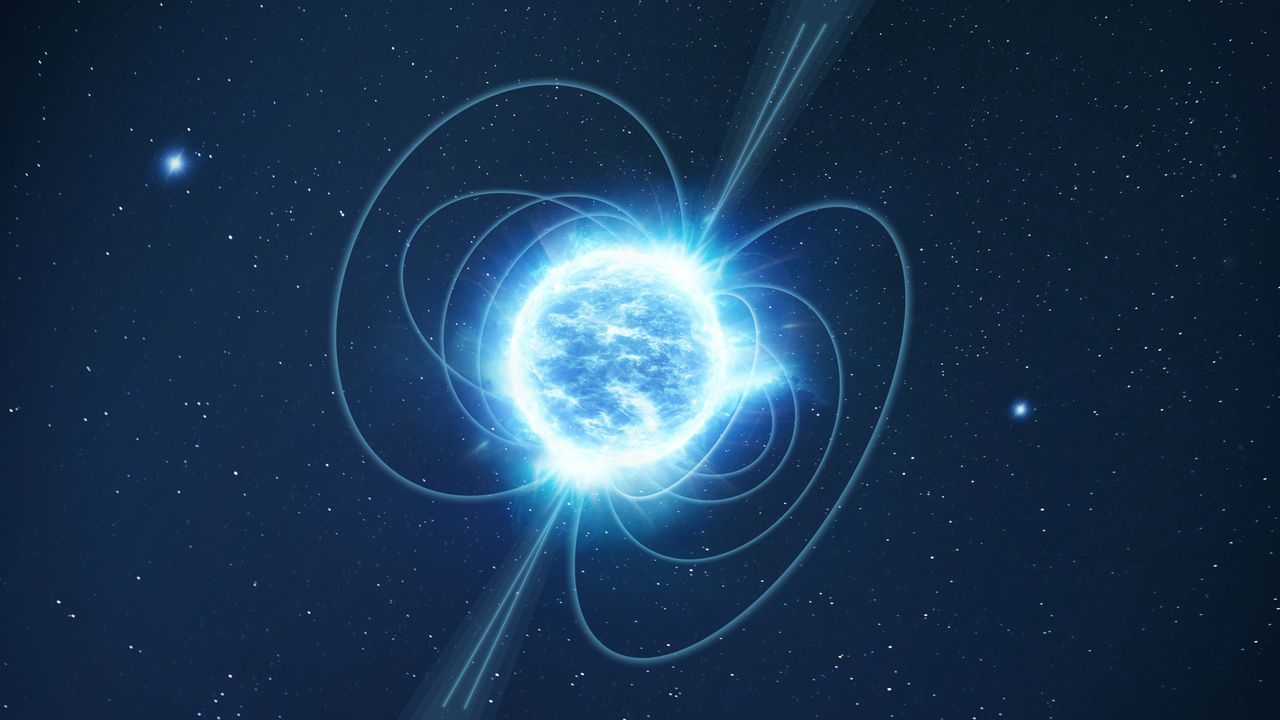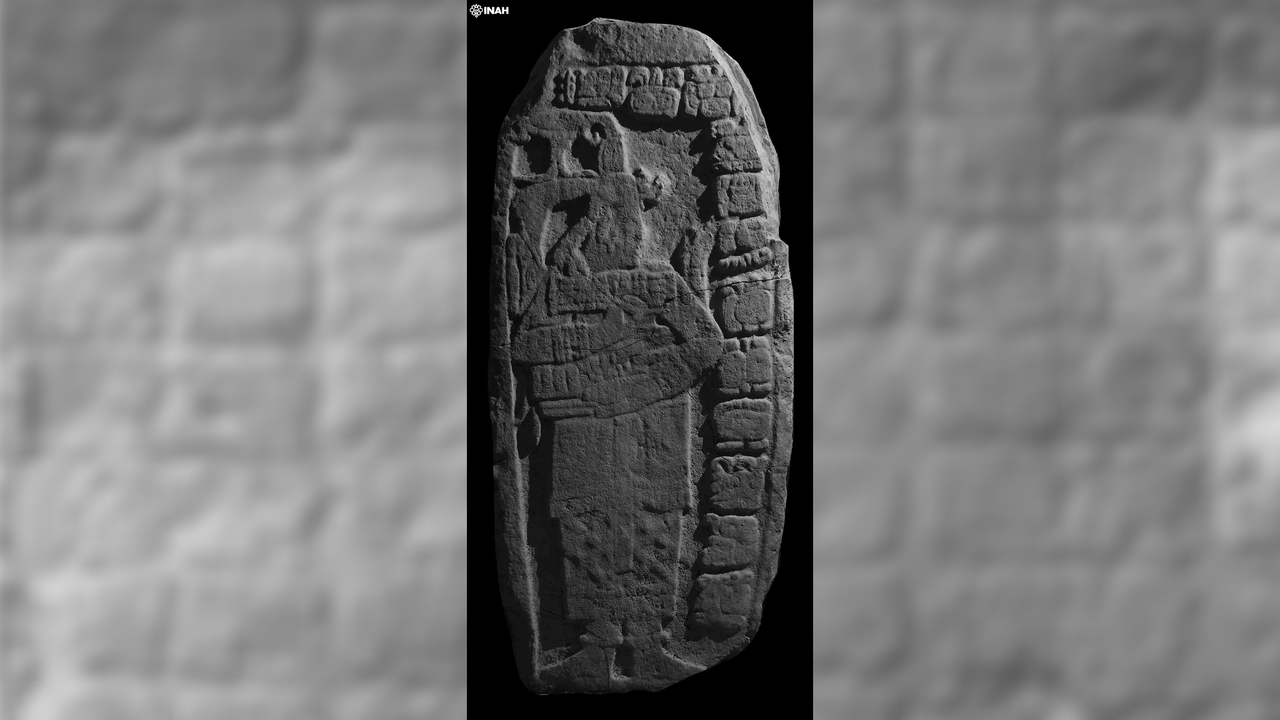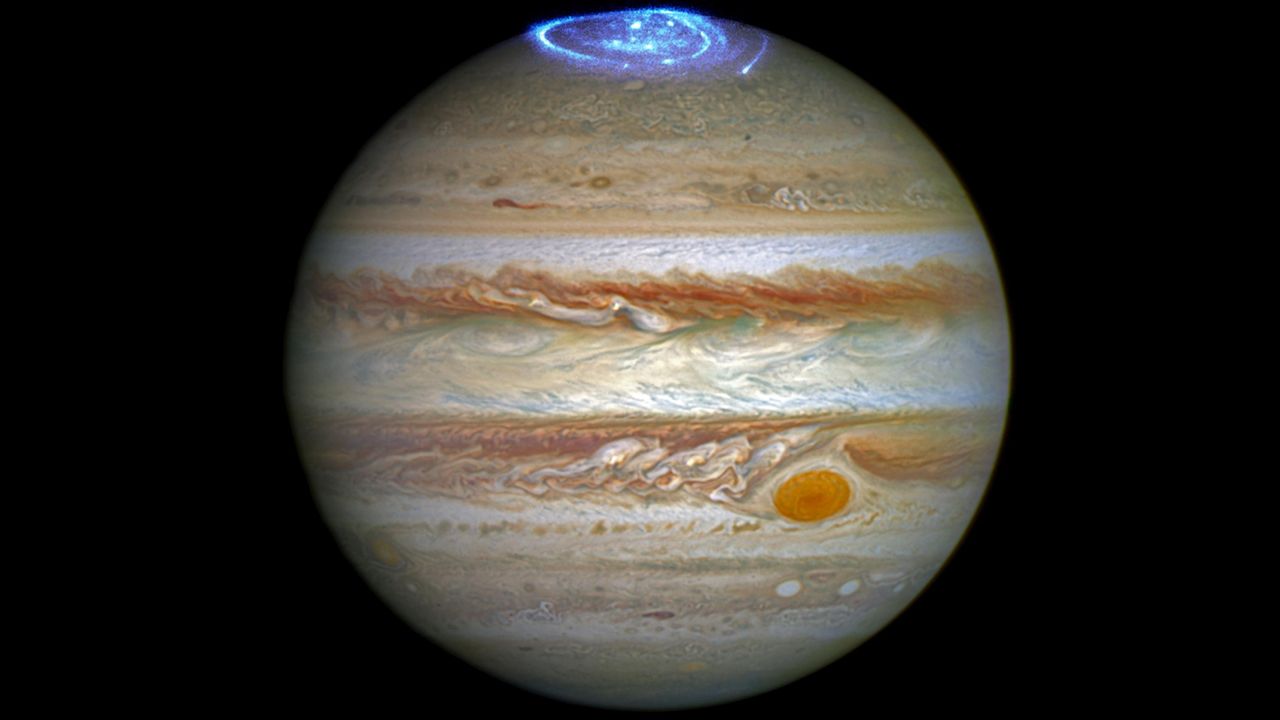Interstellar comet 3I/ATLAS blasts a jet towards the sun in new telescope image
PositiveScience
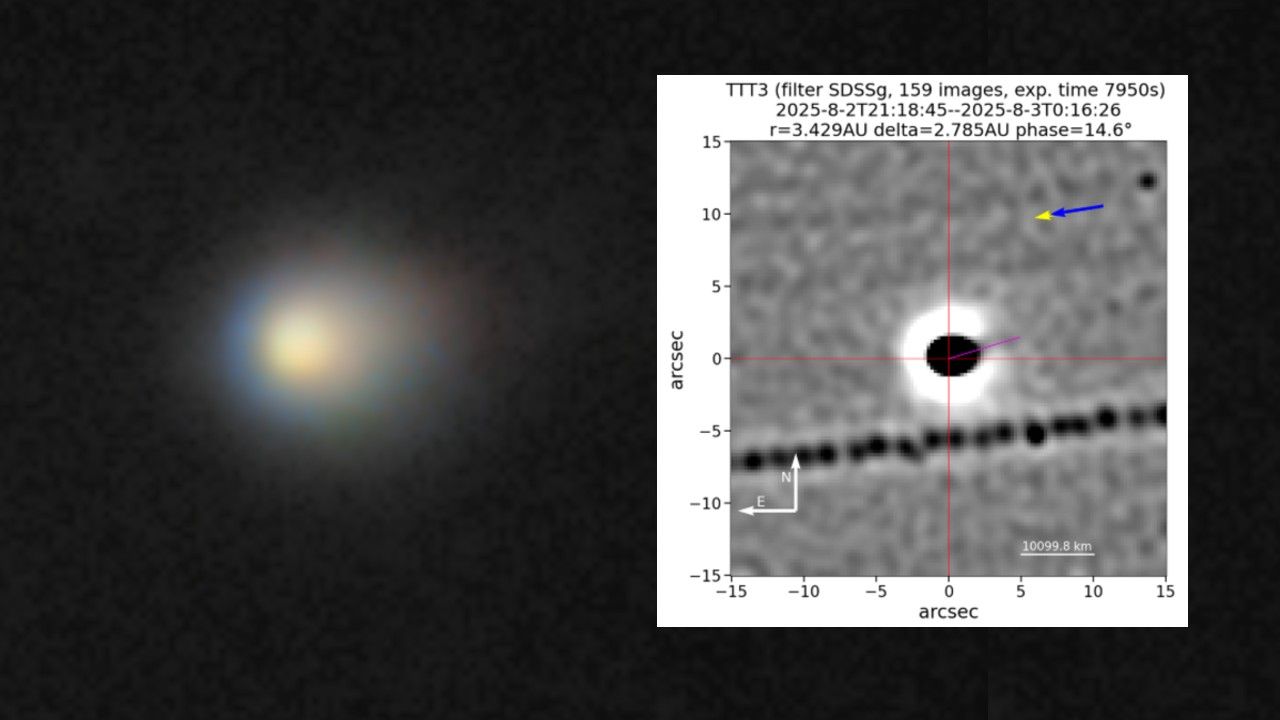
The interstellar comet 3I/ATLAS is making headlines as it approaches the sun, creating a spectacular jet that has been captured in a stunning new telescope image. This event is significant not only for astronomers but also for space enthusiasts, as it showcases the dynamic behavior of comets and their interactions with solar radiation. Observing such phenomena helps scientists understand more about the origins of comets and their journeys through our solar system.
— Curated by the World Pulse Now AI Editorial System
